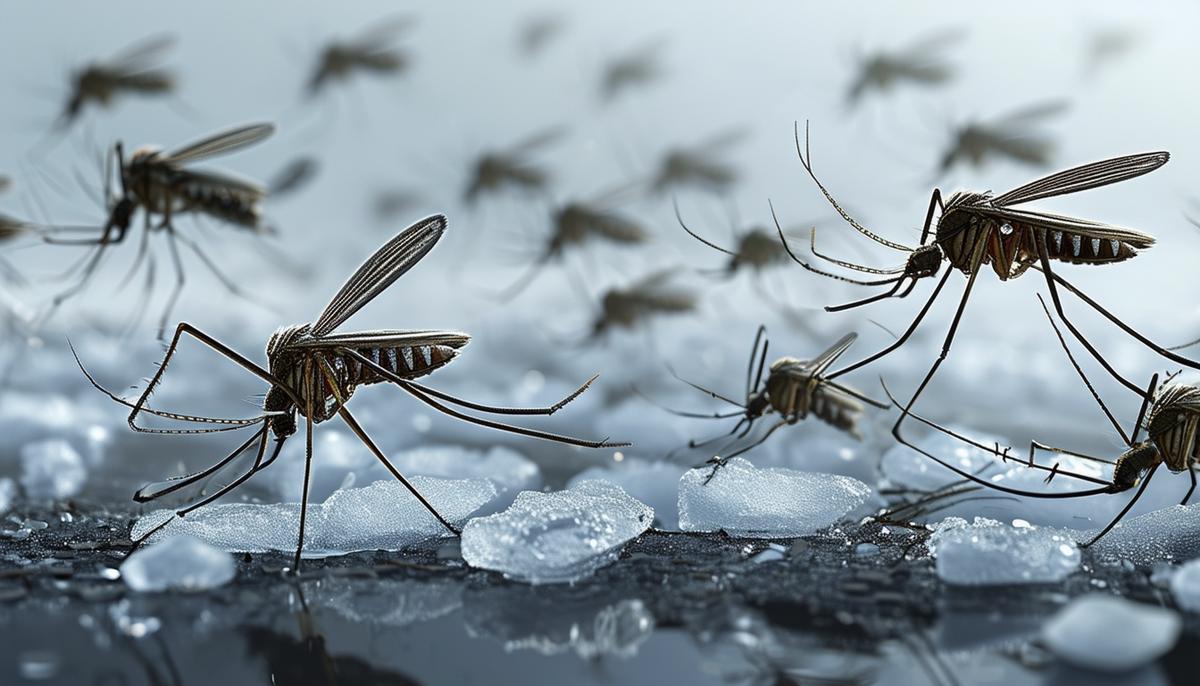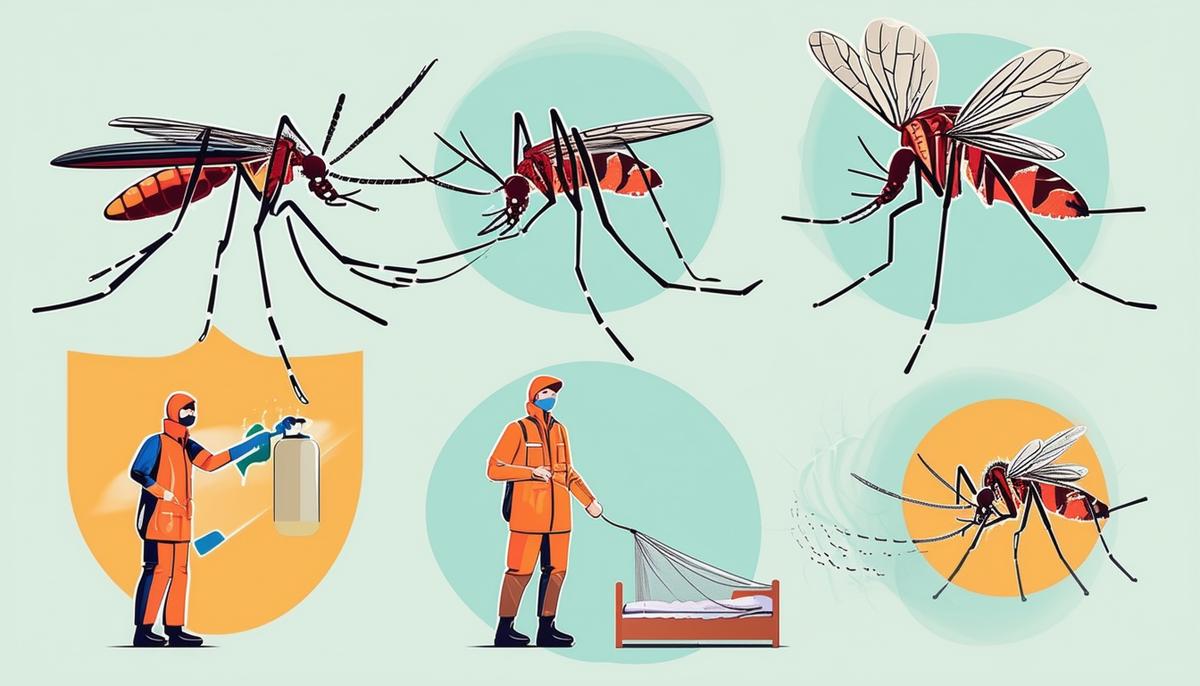In 2023, the European Union witnessed a startling rise in dengue cases, with locally acquired infections climbing to 130, nearly double the 71 reported in 2022. Imported cases saw an even sharper spike, soaring to over 4,900 from 1,572 the previous year, marking the highest number since surveillance began in 2008. The increase is attributed to climate change creating favorable conditions for the Aedes albopictus mosquito, known for transmitting dengue, chikungunya, and Zika viruses.
ECDC data confirmed that tiger mosquitoes are now embedded in 13 EU countries, including:
- Austria
- Bulgaria
- Croatia
- France
- Germany
- Greece
- Hungary
- Italy
- Malta
- Portugal
- Romania
- Slovenia
- Spain
Increased international travel from dengue-endemic countries is exacerbating the issue, inevitably increasing the risk of local outbreaks.
These mosquitoes bite both humans and animals at any time of the day, unlike other species that are more active at dawn and dusk. Their aggressive nature and adaptability make them formidable vectors for disease. Local transmission has been particularly noted in France, Spain, and Greece, with multiple infection outbreaks reported.

Climate change is a significant driver behind the rise in dengue cases across Europe. Experts argue that the warming climate is creating more hospitable environments for invasive mosquitoes to spread into previously unaffected regions. As global temperatures rise, Europe has become a more hospitable environment for disease vectors like Aedes albopictus and Aedes aegypti.
Temperature plays a pivotal role in the lifecycle of mosquitoes. Warmer conditions accelerate their breeding cycles and enhance their survival rates. Higher temperatures also result in faster virus replication inside the mosquitoes, increasing their capacity to transmit diseases like dengue. Historically temperate regions of Europe are experiencing milder winters and longer, hotter summers, creating ideal conditions for mosquito proliferation.
Humidity, along with temperature, also makes a significant impact. Higher levels of moisture facilitate the breeding of mosquitoes in stagnant water. Years of shifting climate patterns have brought about uncharacteristic rainfalls, creating pockets of stagnant water that serve as breeding grounds.
International travel also augments the spread within Europe by increasing human movement into areas where invasive mosquitoes have taken residence. The alarming statistics—over 4,900 imported cases in 2023—underscore this dual threat, requiring immediate attention and action from public health officials.
Addressing climate change is crucial for long-term strategies. Policies focused on reducing carbon emissions and promoting sustainable environmental practices must be prioritized. Public health agencies must also gear up for potential outbreaks with enhanced surveillance capabilities, early detection systems, and rapid response protocols.

Preventive measures are crucial for individuals living in or traveling to areas with known mosquito populations. Using insect repellents, wearing long-sleeved shirts and long pants, and sleeping under mosquito bed nets, especially those treated with insecticide, can reduce the risk of mosquito bites.
Removing stagnant water, a prime breeding ground for mosquitoes, is another significant preventive measure. Communities and individuals must regularly inspect and eliminate any potential breeding sites around homes and public areas.
On a broader scale, vector control measures play a critical role in managing mosquito populations. Implementing eco-friendly methods, such as releasing sterile male mosquitoes or using biocontrol agents like larvivorous fish, helps reduce mosquito numbers without causing ecological harm.
Early detection and timely surveillance are fundamental to controlling the spread of dengue. Enhanced diagnostic capabilities and monitoring systems are essential for identifying and responding to outbreaks promptly. Public health campaigns should focus on spreading knowledge about preventive measures, vector control techniques, and the significance of early diagnosis and treatment.
The collaboration between international and national health organizations is vital in the fight against dengue. Sharing data, resources, and best practices across borders can enhance the collective response. Policymakers must prioritize funding for research into new tools and technologies for mosquito control and dengue prevention, while ensuring equitable access to medical advances.

- World Health Organization. Dengue and severe dengue. 2023.
- European Centre for Disease Prevention and Control. Dengue outbreak in France. 2022.
- Brady OJ, Golding N, Pigott DM, et al. Global temperature constraints on Aedes aegypti and Ae. albopictus persistence and competence for dengue virus transmission. Parasit Vectors. 2014;7:338.
Leave a Reply